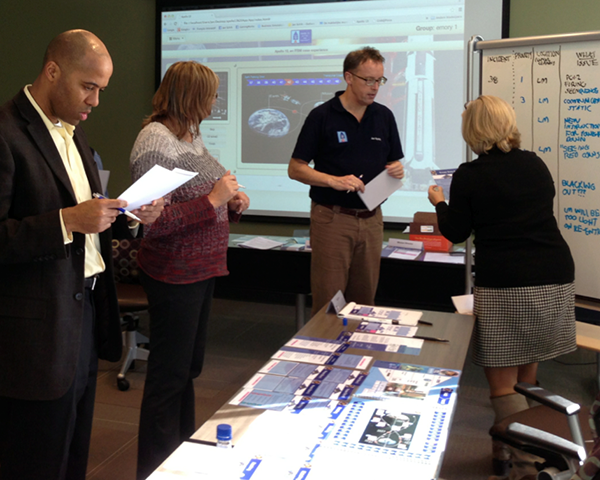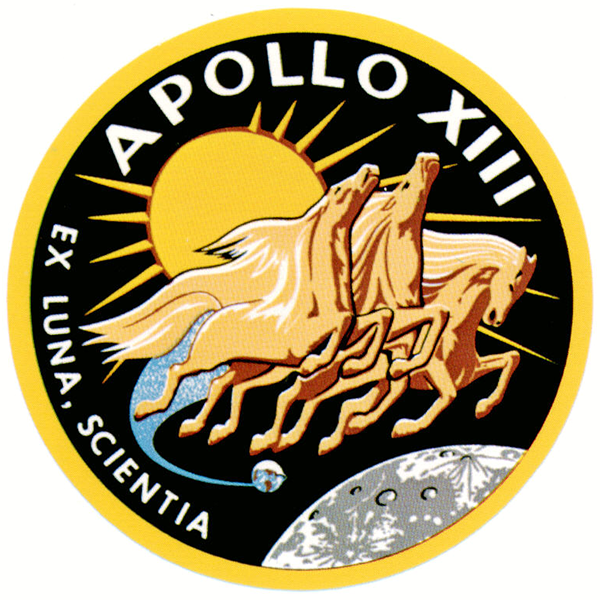
On January 24 and 25, the UTS Managers participated in an ITIL-based workshop where their goal was to guide Apollo 13 on a journey to and from the moon. The managers were divided into two groups, each attending a one-day mission to run a simulation of the real Mission Control center at NASA.
Team members were assigned to specific functions where they were tasked with the design and execution of the Apollo 13 Mission utilizing ITIL best practices.
Jan Schlit from Gaming Works led the class and presented the teams with the same obstacles and issues that took place during the real mission. Each team participated in four rounds where their progress was reviewed after each round. This provided them an opportunity to modify their processes to improve the support flow.

One of the challenges the teams faced was the very limited knowledge of how to properly build, support and maintain a rocket to ensure a successful mission and the safety of the crew. This was done by design to show that ITIL best practices can be applied to most any situation, even when the teams are not subject matter experts.
Guido Officer, Amir Ali (Enterprise Services), was responsible for Guidance Systems and Availability Management (monitoring O2, CO, and Velocity). “The failure of the communications systems created a greater time to restore which placed the astronauts into a life threatening situation,” said Amir. “The processes to resolve problems within an organization are similar whether you are working in IT, NASA, or Formula One Race Cars.”

During the simulation, the safety of the crew was in jeopardy with low oxygen, power failures, radio communications down and guidance systems faltering. As part of CapCom, we were faced with a multitude of simultaneous emergencies, which placed a lot of pressure on us. Fortunately for me, Barbara Brandt (Academic Technology Services), with her calm and cool demeanor, was able to help me keep it together.
When critical issues occur, it is a common human reaction to abandon all processes and respond in an uncontrolled fashion. This exercise certainly reinforced the importance of following proper protocols to manage any situation and provide timely resolution. This true-to-life experience has shown me that even in situations where I am not a subject matter expert, applying the same ITIL practices can put controls around the chaos to help reach the end goal.
Have you considered areas in your job that need more defined processes and controls? ITIL is a great framework to help you get there!

Leave a Reply